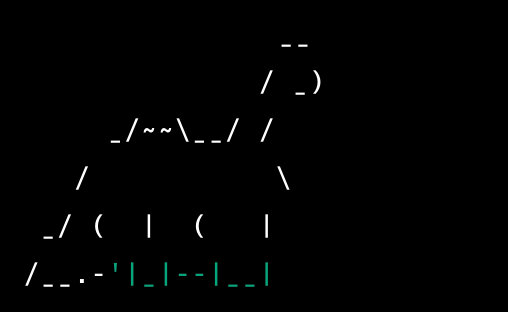AI-generated children's books, creepy and harmful

YouTube Kids, a platform designed to provide kids with age-appropriate video content, is known for feeding children some low-quality and even disturbing videos, thanks to its algorithms, when not continuously controlled by a parent (and sitting next to your child when they watch YouTube often negates the whole purpose of using the platform, I must admit). This is kind of old news - YouTube has been around for a while, and many parents have learnt the hard way and stopped using it. Nevertheless, it's safe to say that hardly any parents are aware that the ongoing AI revolution also has an impact on a different genre of children's content. Personally, I had never considered that this particular genre would be influenced to such a degree with potentially significant consequences until I listened to the episode titled AI is Coming for Your Children on the Behind the Bastards podcast. AI-generated childrens' books! If you are not a podcast person, read the article by the podcast guest, Robert Ewan, which is even better because you will see with your own eyes what is so wrong about it.
I am a book lover, and I am raising my son the same way I was raised - surrounded by quality books and enjoying library visits. I spend a lot of time choosing books for him - paying attention to the content, the language, the message, and the illustration quality. What Robert's investigation exposes is wrong on many levels, and parents and schools definitely need to be aware of it. In a nutshell, AI generates broken plots, weird linguistic constructions, and low-quality illustrations (remember Midjourney having problems with hands? Dinosaurs in these kids' colouring books are not exceptions), and while kids may not notice that something is wrong they absorb the information thrown at them, both linguistically and visually. The article cites a few research papers that support the view that this kind of books may be detrimental for the young kids' literacy and empathy skills they usually learn through reading (or looking at the illustrations in the books with little text).
The combination of low-quality text with extremely messed-up AI illustrations is the main reason such books should be controlled in some way. Apparently, Amazon is not so keen to do it, and until the level of public understanding of such issues is high enough, some kids (most likely, as Robert suggests, the ones whose parents have little time to carefully check what's under the book cover, or those from under-resourced schools) will be colouring some weird armless dinosaurs or something even worse, even more pointless and creepy.

